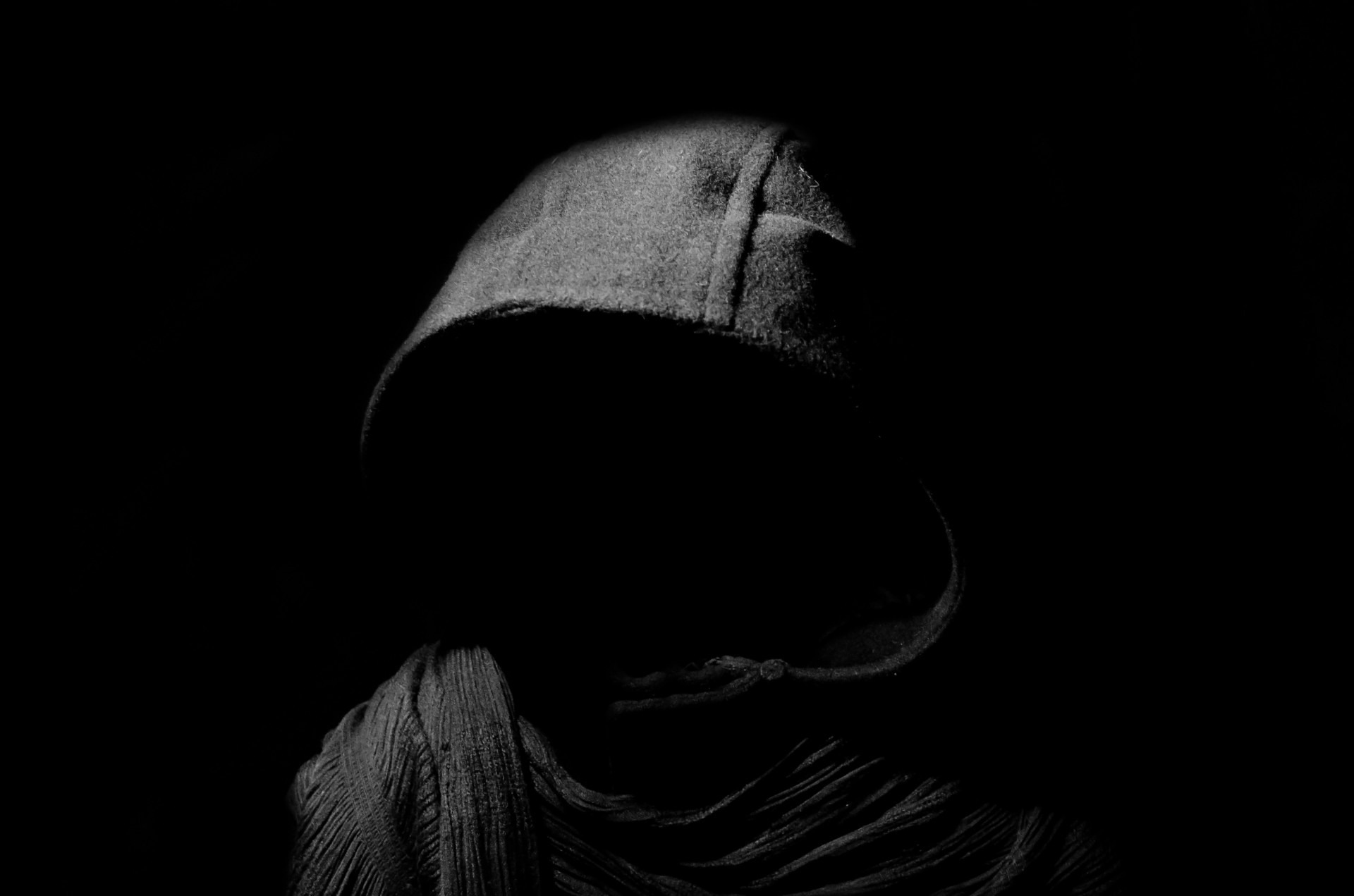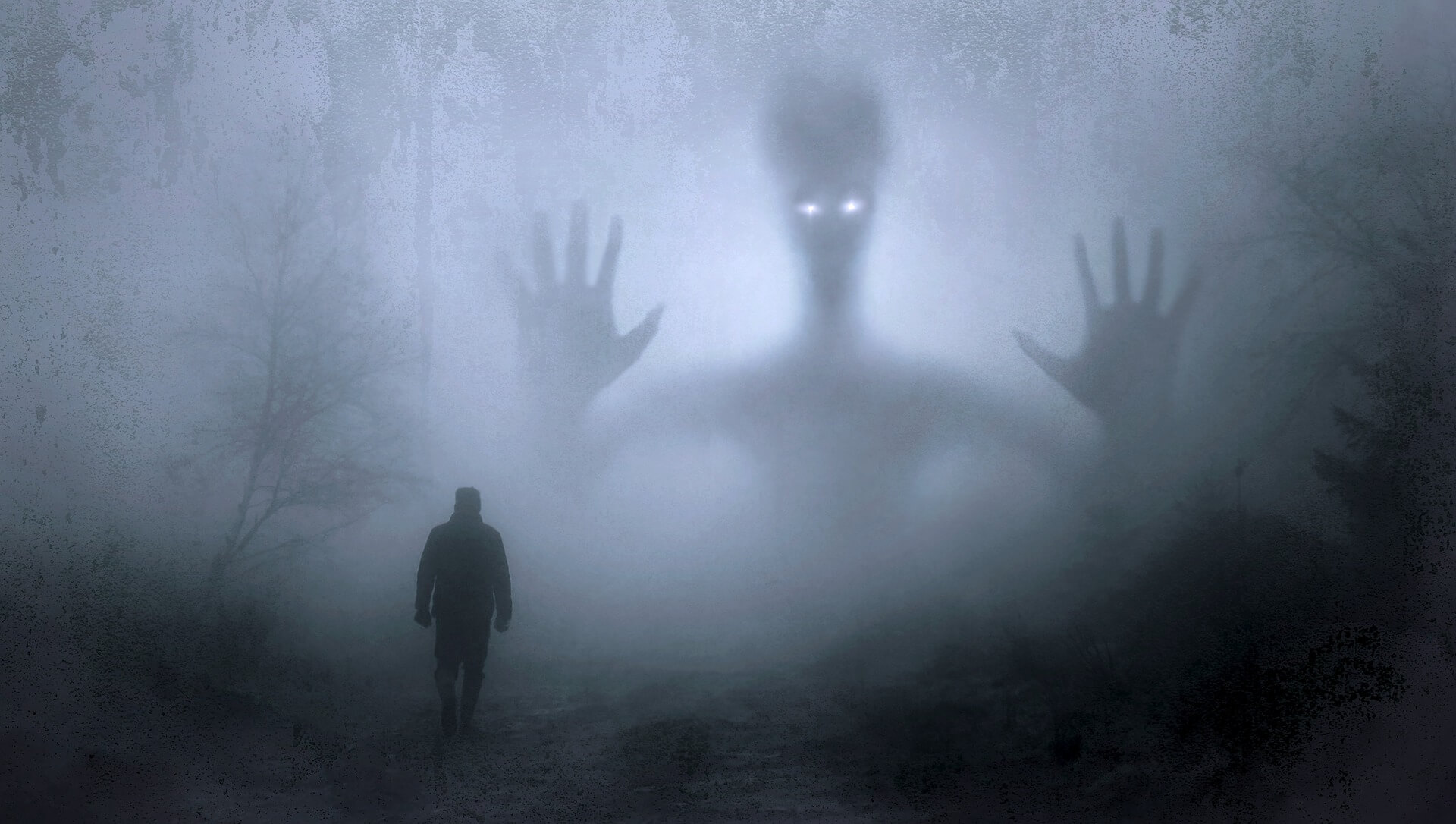M. R. James:
“Two ingredients most valuable in the concocting of a ghost story are the atmosphere and the nicely managed crescendo.… Let us, then, be introduced to the actors in a placid way; let us see them going about their ordinary business, undisturbed by forebodings, pleased with their surroundings; and into this calm environment let the ominous thing put out its head, unobtrusively at first, and then more insistently, until it holds the stage.”
Stephen King:
“I try to create sympathy for my characters and then turn the monsters loose.”

These two great writers from different periods of history, (James in the 19th and early 20th century and King in the late 20th and 21st) are in the quotes above summarising a shrewd way to engage with the reader.
They have also grasped a powerful storytelling concept that creates empathy with the characters of the story and thus draws in the reader’s attention. There is, after all, nothing more powerful than evoking the emotions of your audience and pulling at their heartstrings.
For, if you feel something bad is about to happen to a character you care for, or something bad is happening it evokes a basic human emotion. You feel your heartbeat increase, the world outside your focus may fade to a blur and your eyes are wide open in suspense at what may happen next — for your empathy is with the characters.
The event or situation if well painted in the words on the page can create great drama. It is a device that is easy to understand, but as a writer not always easy to deploy. As Stephen King said he tries to create sympathy with his characters.
Creating empathy with your characters and setting the scene.
At this point, it’s also worth noting the quotes above relate to slightly different parts of storytelling, where one connects to setting the scene and the other to character portrayal, but they are very closely linked and shine a light on that crucial element of creating sympathy with the reader before the story ramps up.

Photo by NeONBRAND on Unsplash
Another factor of this storytelling device…
is that it sets itself within the realms of our normal every day lives. A small town, a city, a school, a group of friends and so forth, are all things that we can relate to in our day to day lives.
It is within these everyday occurrences that the seed of fear, excitement or adventure can be sown.
For example, introduce a character, show this person in their daily life and how they are struggling to make ends meet. Then an event happens where a monster raises its head and goes after our beloved character.
This is a simple scenario, but an example of how this device can be deployed. The setting in the ordinary world, the introduction of the character and their life. Something we can relate to and then the monster(s) are set loose.
I have heard it said many times, and also by screenwriters for movies, that you have to set your characters in a normal setting or walk of life before something good or bad happens. An event (internal or external to the characters) is then used to drive the story forward.
That is not to say use this device, in the same way, every time. My opinion on this is if you are a writer you must not fall into this way of thinking. It is important to get the reader to care about your characters, but do this in whatever way you see fit. Don’t get stuck in conventions.
Although in relation to this specific concept (setting the monsters loose) it is hard not to set the scene before something bad happens.
You could introduce the reader to the story after the monsters have been set loose, but then you may put in a backstory to show how things were before they went bad. That in a way is setting the scene, but using a different approach.
Either way as a reader – make me care!
 Some of the best stories, books or films made are when conventions are broken. Think about the movie “Scream” — this skips any setup and kills one of the characters within the first few minutes. — I suppose you could argue that the setup then follows the initial murder, or this murder takes place in a suburban house, but it is an example of doing things differently and something to take note of if this concept is used in storytelling.
Some of the best stories, books or films made are when conventions are broken. Think about the movie “Scream” — this skips any setup and kills one of the characters within the first few minutes. — I suppose you could argue that the setup then follows the initial murder, or this murder takes place in a suburban house, but it is an example of doing things differently and something to take note of if this concept is used in storytelling.
I recently watched a new zombie series on Netflix called “Black Summer” — This doesn’t introduce the characters at all and just throws the viewer into a dangerous world that is falling apart. To see them desperately trying to escape the pursuing zombies does pull at the heartstrings and here is another example of doing things differently. No normal setting or character development to start off with here. But it works well in this series (if you have not seen it, and like zombie shows, I would recommend it. It is a spin-off from Z Nation — but you do not need to have seen that to watch and understand this series).
However, one final point if you are telling a ghost story, writing a horror book, or making a film to scare folks, whatever approach you use to set the monsters loose, do it how you see best.





For a follow up to this article and on the redemption of the monster – please see the post here – https://www.writersinitiative.com/story-craft/the-redemption-of-the-monster
[…] Turn the Monsters Loose: “Turn the monsters loose” […]